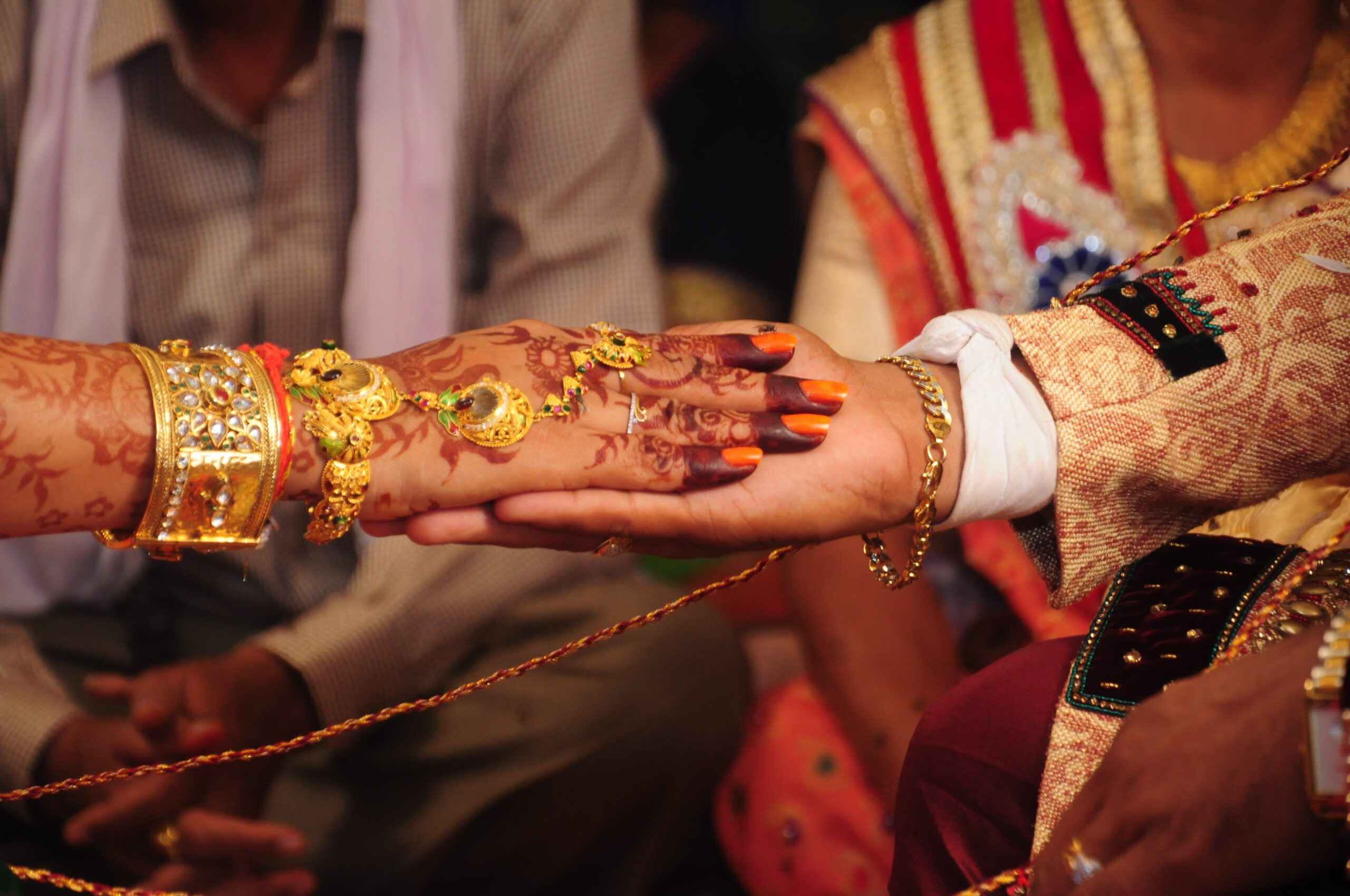There is a long-standing debate on whether there is gender discrimination under Hindu marriages. While the Hindu marriage ceremony is supposed to be an auspicious and joyous occasion, many people believe that certain customs and traditions associated with it perpetuate gender inequality. In this article, we will explore some of the customs associated with Hindu marriages and examine whether they are discriminatory towards women.
Kanyadan
One of the most debated customs is Kanyadaan, where the father of the bride gives away his daughter to the groom. This custom is seen as perpetuating the patriarchal notion that women are property to be given away by their fathers to their husbands. However, it is important to note that Kanyadaan is not a mandatory ritual and can be skipped altogether in some communities.
Sindoor
Another ritual that is often criticized is the Sindoor ceremony, where the groom applies sindoor (vermilion powder) on the bride’s forehead as a sign of her being married. Some people see this as a symbol of ownership by the husband over his wife. Similarly, the Mangalsutra ceremony, where the groom ties a sacred thread around the bride’s neck, is also seen as a symbol of the husband’s ownership over his wife.
However, it is worth noting that these customs are not inherently discriminatory toward women. In fact, the significance of sindoor and mangal sutra is not only limited to the husband’s ownership of the wife but also symbolizes the deep bond and commitment between the couple.
Give women a more prominent role
There are also some rituals that are specifically designed to give women a more prominent role in the wedding ceremony. For instance, the Haldi ceremony, where turmeric paste is applied to the bride and groom, is believed to bring good luck and ward off evil spirits. In some communities, this ritual is performed separately for the bride and groom, and the bride’s ceremony is often seen as more elaborate and important.
Saptapadi
The Saptapadi ceremony, where the couple takes seven vows around the sacred fire, is another important aspect of the Hindu marriage ceremony. In some communities, the bride takes the lead in this ceremony, and the groom follows her. This symbolizes the equal partnership between the husband and wife and their shared commitment to their marriage.
Overall, while there may be some customs and traditions associated with Hindu marriages that are seen as perpetuating gender inequality, it is important to note that the vast majority of these customs are not discriminatory towards women. In fact, many of the rituals are designed to give women a more prominent role in the wedding ceremony and symbolize the equal partnership between the husband and wife.
Conclusion
While the Hindu marriage ceremony may have its flaws, it is not inherently discriminatory toward women. Rather than criticizing the entire institution of marriage or changing some rituals, it is important to focus on understanding the science behind the specific customs and traditions. By doing so, we can ensure that Hindu marriages remain a celebration of love and commitment between two equals, rather than perpetuating patriarchal norms.




